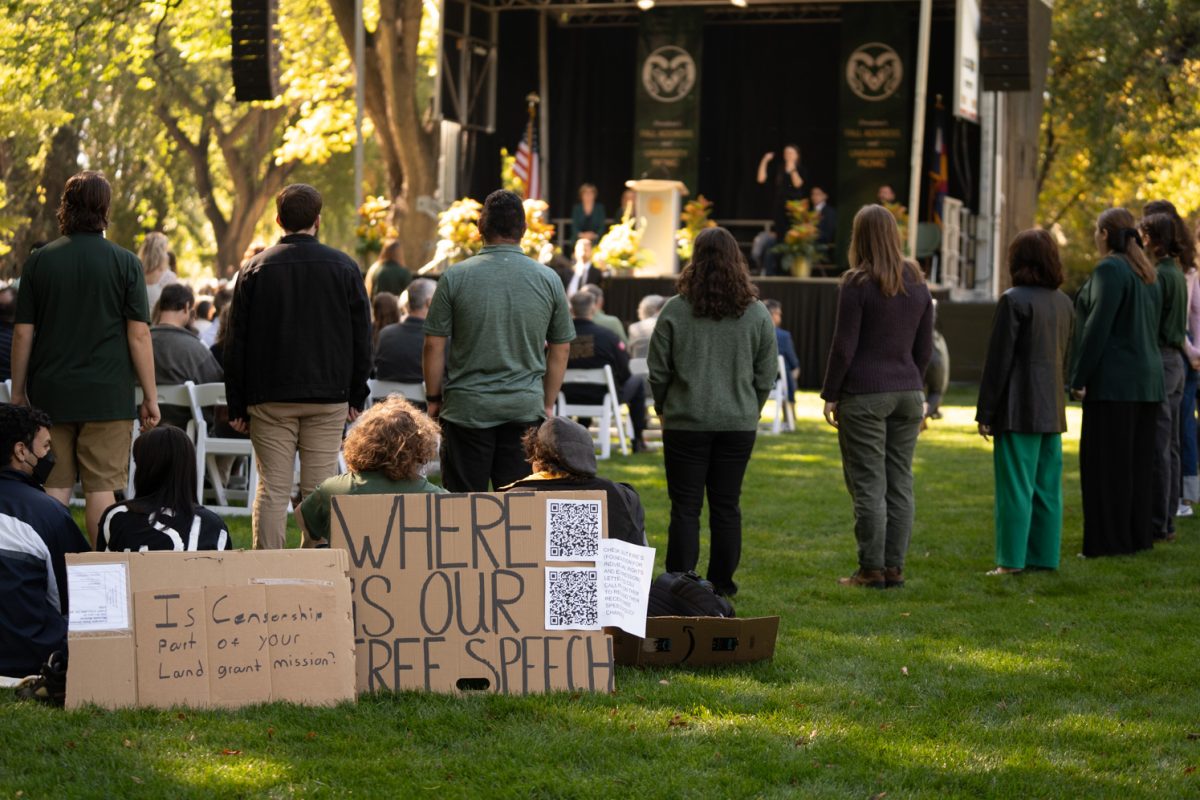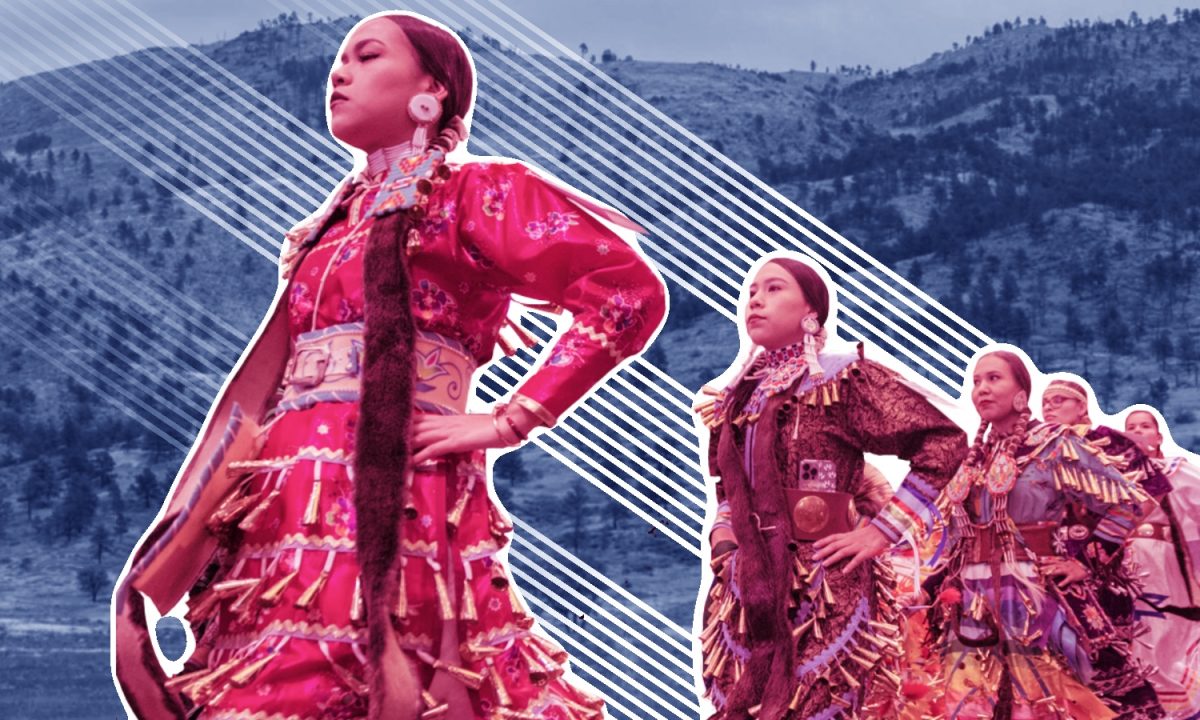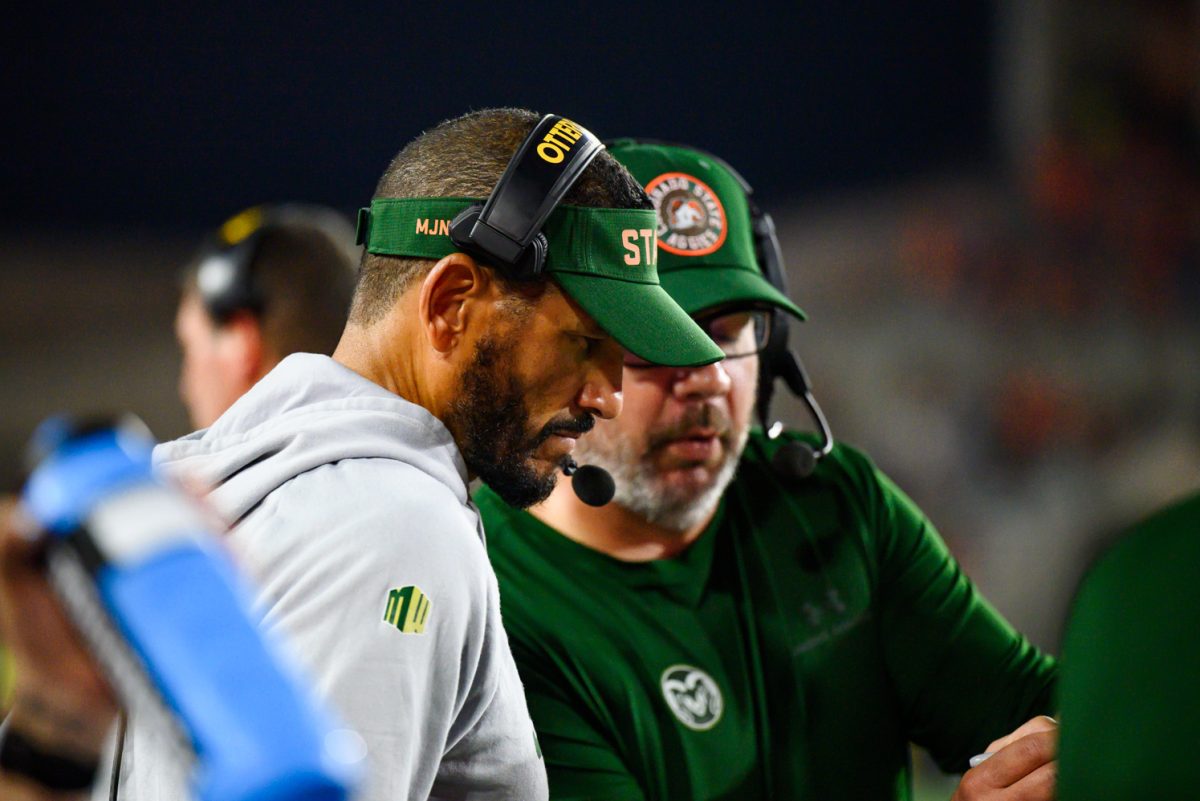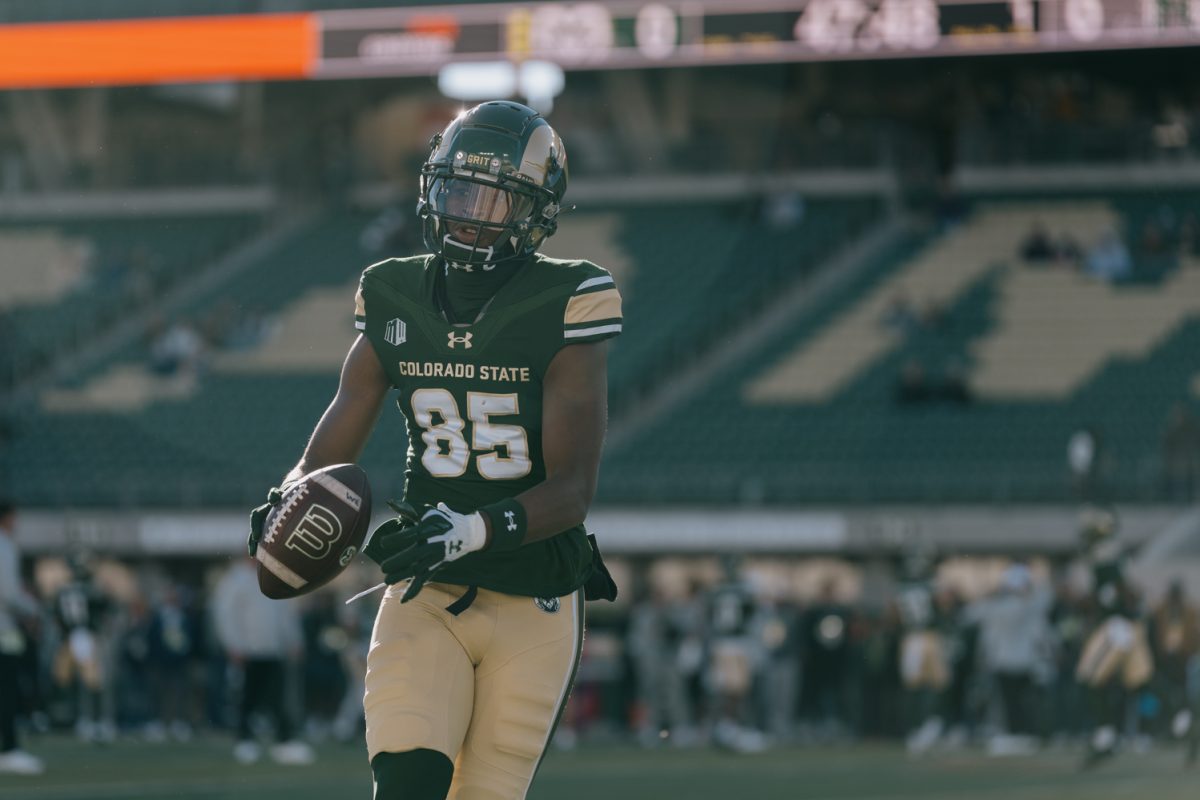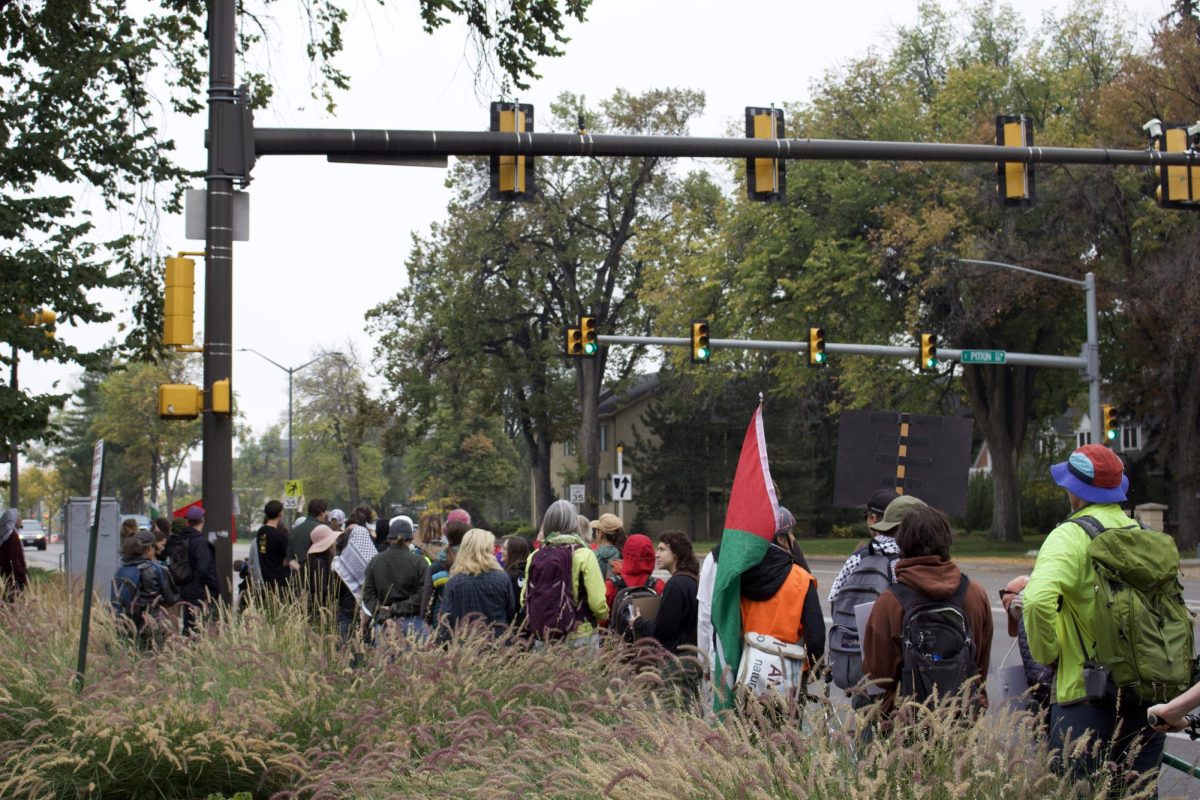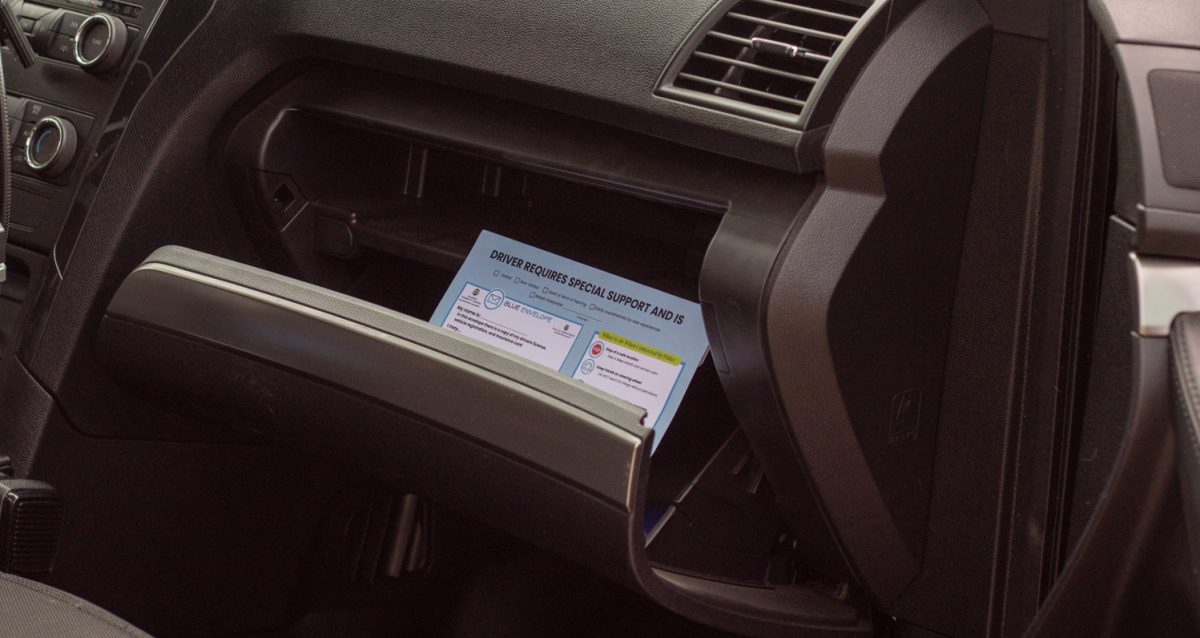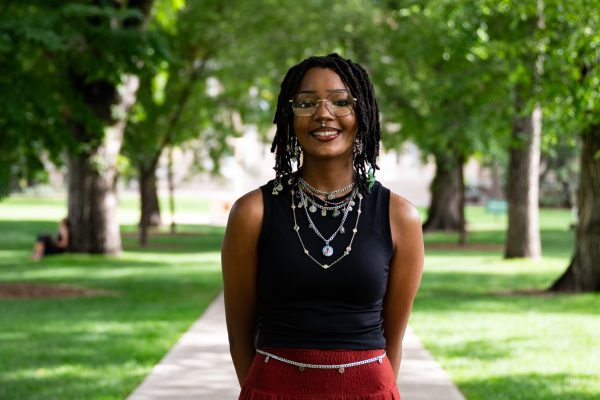Editor’s Note: This story has been updated to more accurately describe the Student Conduct Code’s social media guidelines and contains more accurate legal terminology in relation to the standard of evidence. The scope of the Drug-Free Schools and Communities Act has been clarified.
Colorado State University’s Student Conduct Code is used to uphold a standard of behavior for students, which includes a ban on the common occurrence of underage drinking and possession of alcohol. The code states that the use or possession of alcohol as prohibited by law or university policy constitutes a violation of CSU’s code.
However, in order enforce the code, the university must provide proof of the violation. This requirement for proof is increasingly clashing with the publicity social media gives college students. Students live public lives, and campus officials must find ways to both uphold the Student Conduct Code and the burden of proof.
Mike Katz, director of the Student Resolution Center, is familiar with social media at the university.
“We recognize social media is certainly a part of many people’s daily lives in lots of different ways,” Katz said.
However, when asked about policies pertaining specifically to social media, Katz discussed the gray area that exists.
“As it relates specifically to policy, we don’t have any policy that’s specific to social media either in our office or, really, at the university,” Katz said.
According to Katz, the vagueness of the Student Conduct Code in regard to social media honors a student’s constitutional right to free speech at CSU. Even if students post images of underage drinking on social media, the university is still responsible for presenting strong evidence to prove the students were engaging in that behavior.
“One might look at that (picture) and say, ‘This person’s clearly drinking underage,'” Katz said. “But if it’s beyond public opinion about what’s happening, and it relies on a system like our student conduct process that has a burden of proof, then it becomes different, right?” Katz said.
Images posted on social media alone often do not provide enough evidence. When examining evidence associated with alleged student conduct violations, Katz referred to the high standard of evidence the university must meet in order to bring disciplinary action against a student.
“It’s the university’s responsibility and not a student’s to demonstrate whether there is a preponderance of information contained in the record,” Katz said.
Even so, CSU resident assistant and orientation leader Sienna Tobler said she feels like students fail to understand the potential consequences of posting their behaviors online.
“I fear that they don’t have a lot of apprehension,” Tobler said. “It’s just kind of like, ‘I’m just going to put it out there,’ and I don’t think they realize that it does stay on the internet.”
As published in accordance with the Drug Free Schools and Communities Act, underage consumption and possession of alcohol at CSU is punishable by 24-36 hours of community service, a substance abuse education program, a $100 to $200 fine and a revoked driver’s license.
Public Student Conduct Code infractions have consequences if the university is able to provide a strong enough body of evidence. While social media posts are often not reliable sources of evidence, they contain information that allows the university to take action.
“If the university saw something dangerous on social media, we might go check it out, but we don’t actively review people’s social media accounts for behavior that’s not in line with the Code of Conduct,” said Nik Olsen, director for crisis communications and public information officer.
Katz echoed a similar sentiment when asked about general attitudes toward social media.
“We don’t have time or capacity to be going through student social media looking for violations,” Katz said. “That’s just not really our philosophy in general.”
Reach Ella Dorpinghaus at news@collegian.com or on Twitter @CSUCollegian.






